India’s Digital Public Infrastructure (DPI), popularly known as the India Stack, is gaining global recognition for its innovative solutions addressing challenges related to identity verification, financial inclusion, and digital service delivery.
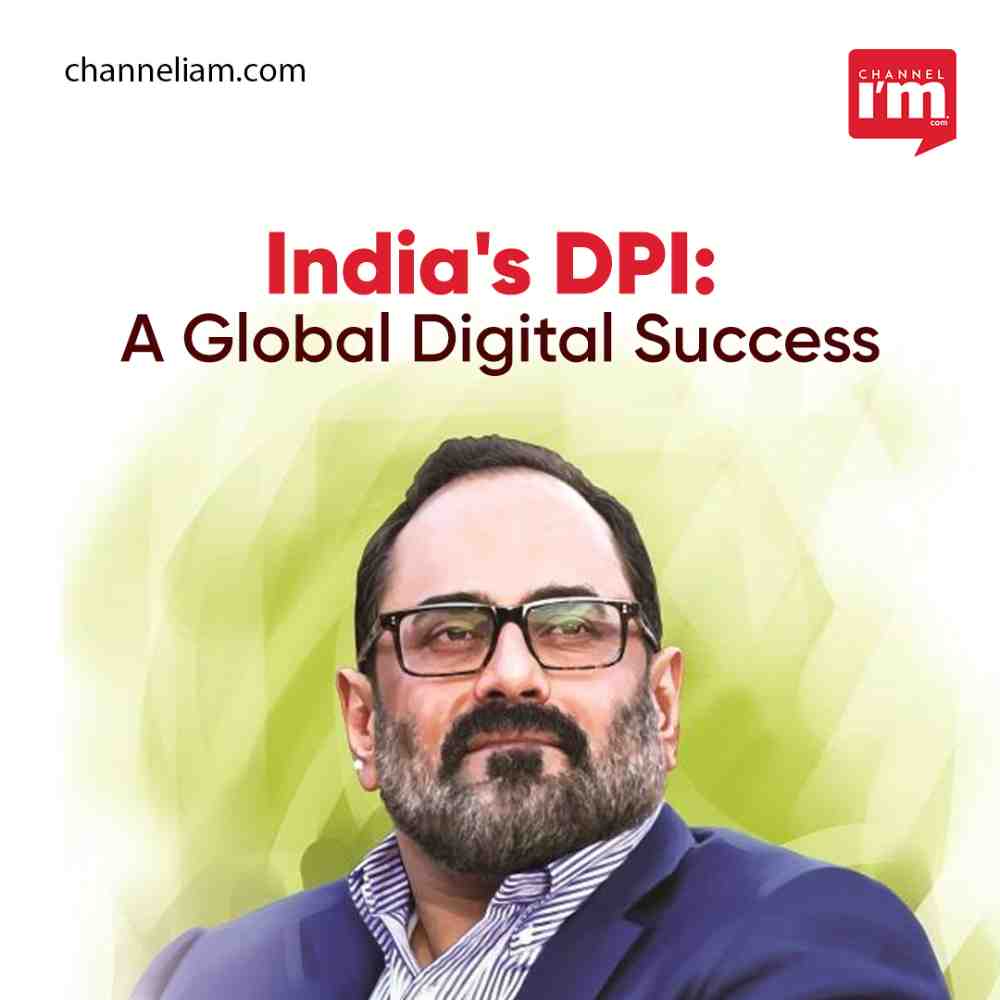
The success of DPI is being showcased at the G20 summit through the Digital India Experience Zone, highlighting India’s digital transformation on a large scale. To expand its reach, the Indian government plans to integrate more than 20 new services into DPI.
Expanding Interest Worldwide
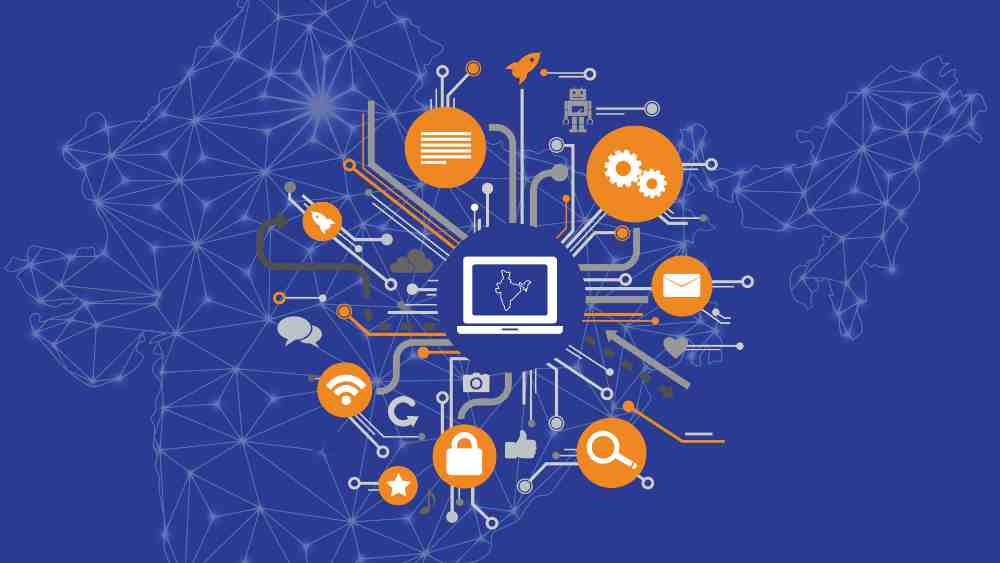
Rajeev Chandrasekhar, Minister of State for Electronics & IT, emphasized the government’s commitment to digitizing all aspects of governance, with plans to add 20 to 30 new applications to the India DPI. Several developing nations are eager to adopt the India Stack, while even some developed countries are considering its components. India has recently signed agreements with eight countries, including Armenia, Sierra Leone, and Suriname, offering them open-source access to the India Stack and DPI.
Global Acclaim for India Stack
At a recent B20 summit in New Delhi, Nandan Nilekani, Chairman and Co-Founder of Infosys and Founding Chairman of UIDAI (Aadhaar), highlighted how DPI India achieved in nine years what would have taken 47 years using traditional methods. India’s digital transformation, powered by technology, has ushered in a new era of economic growth, providing essential services such as identity verification, financial inclusion, digital education, and healthcare.
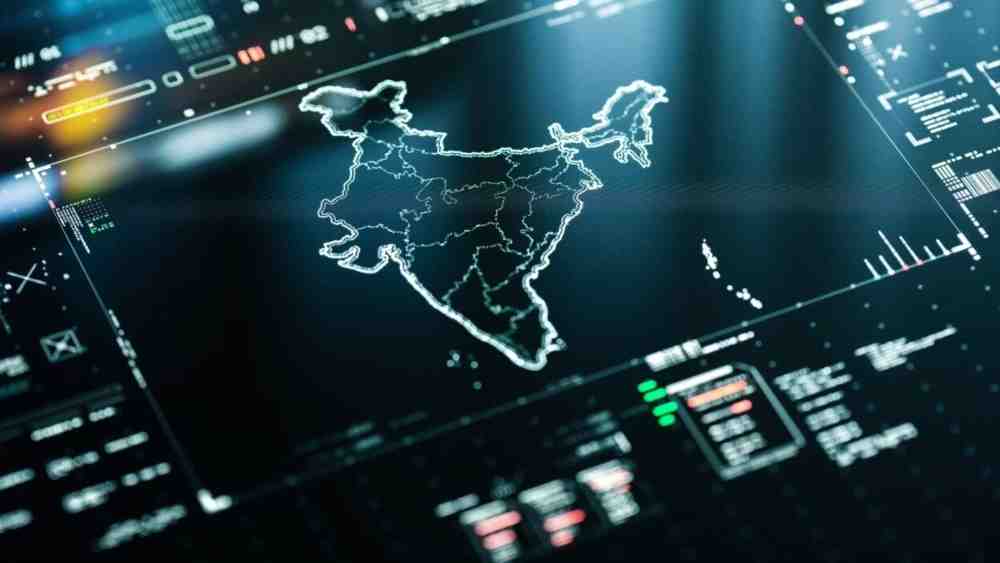
World Bank’s Recognition
The World Bank lauded India’s DPI for its transformative impact under the current government’s leadership. Achievements like UPI (Unified Payments Interface), Jan Dhan, Aadhar, ONDC, and CoWin have contributed to the country’s robust digital public goods infrastructure. The “JAM Trinity” – Jan Dhan, Aadhar, Mobile – has played a pivotal role in boosting financial inclusion rates. India has rapidly increased its financial inclusion from 25% in 2008 to over 80% of adults in just six years, a feat that would have taken decades using conventional methods. The DPI has not only revolutionized the public sector but also enhanced private organizations’ efficiency, particularly in SME lending and fraud detection.
UPI’s Phenomenal Success
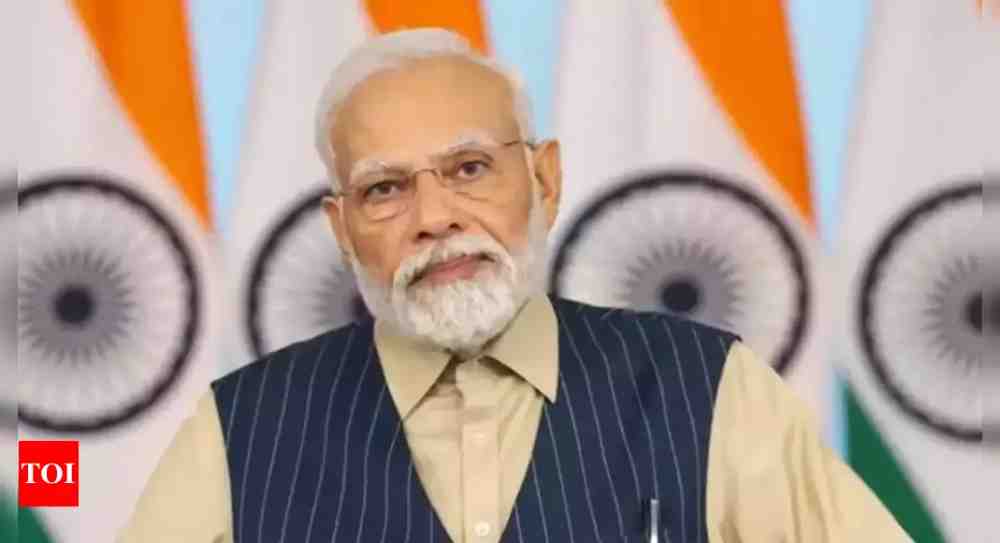
The Unified Payments Interface (UPI) has emerged as a star performer, with over 9.41 billion transactions valued at approximately ₹14.89 lakh crore in May 2023 alone. For the fiscal year 2022–23, UPI transactions nearly reached 50% of India’s nominal GDP. Additionally, the UPI-PayNow interlinking between India and Singapore, operationalized in February 2023, has facilitated faster, cheaper, and more transparent cross-border payments in line with the G20’s financial inclusion priorities.
Prime Minister’s Commendation
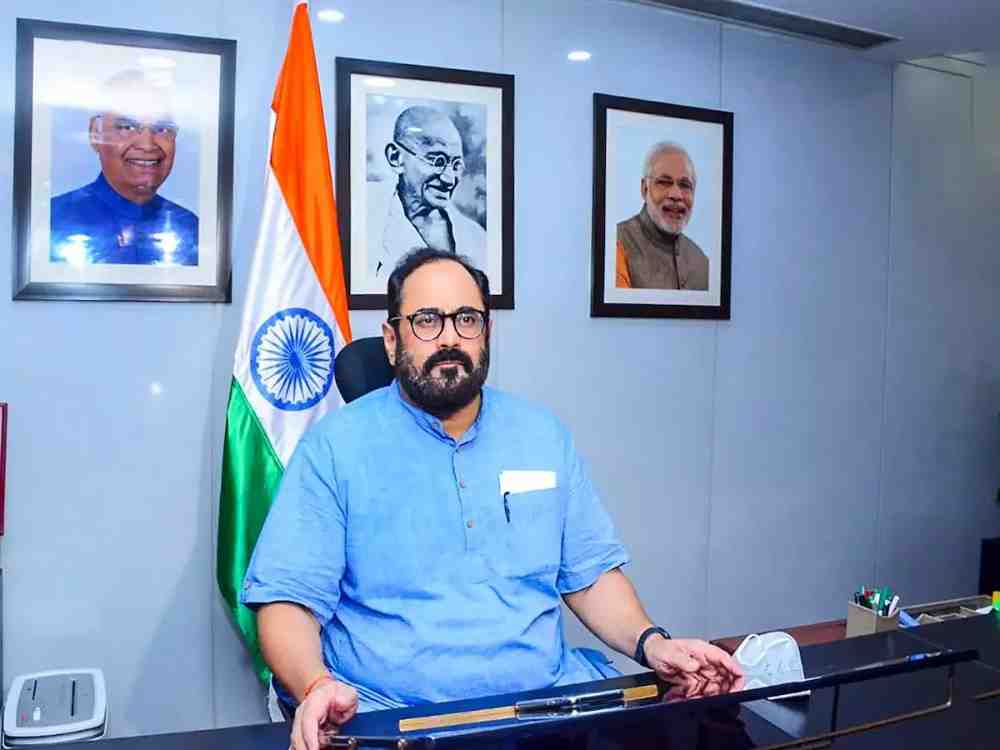
Prime Minister Narendra Modi commended India’s leap in financial inclusion, acknowledging the rapid progress and innovation driven by the robust digital payment infrastructure and the determination of the people. Chandrasekhar reiterated the government’s commitment to expanding DPI to cover all government services, ensuring that no part of governance remains untouched by digitization.
In summary, India’s Digital Public Infrastructure is garnering global attention for its innovative approach to addressing complex challenges and its remarkable success in achieving digital transformation on a massive scale. With growing interest from other nations, India’s DPI is poised to become a model for digital public infrastructure worldwide.
